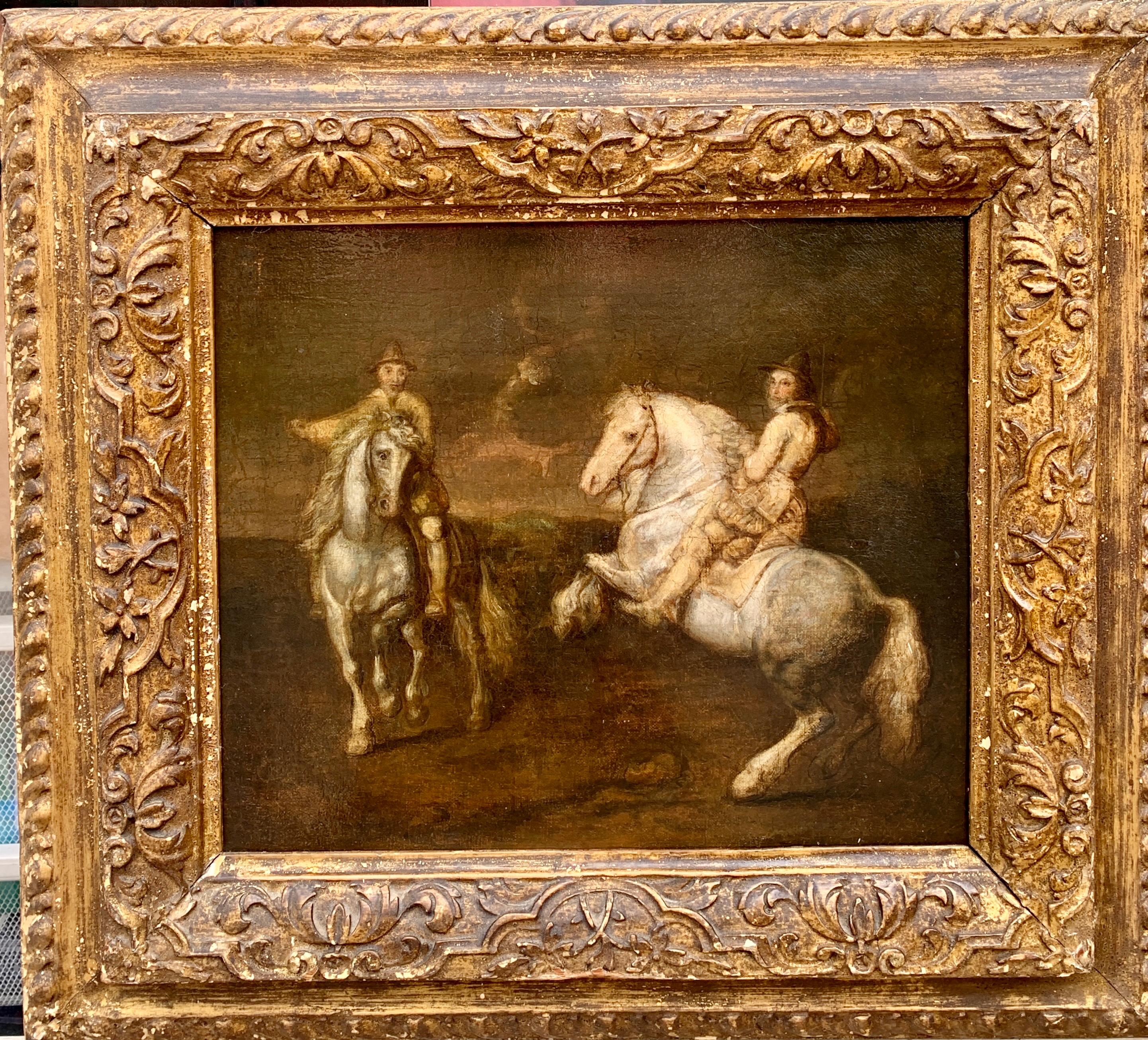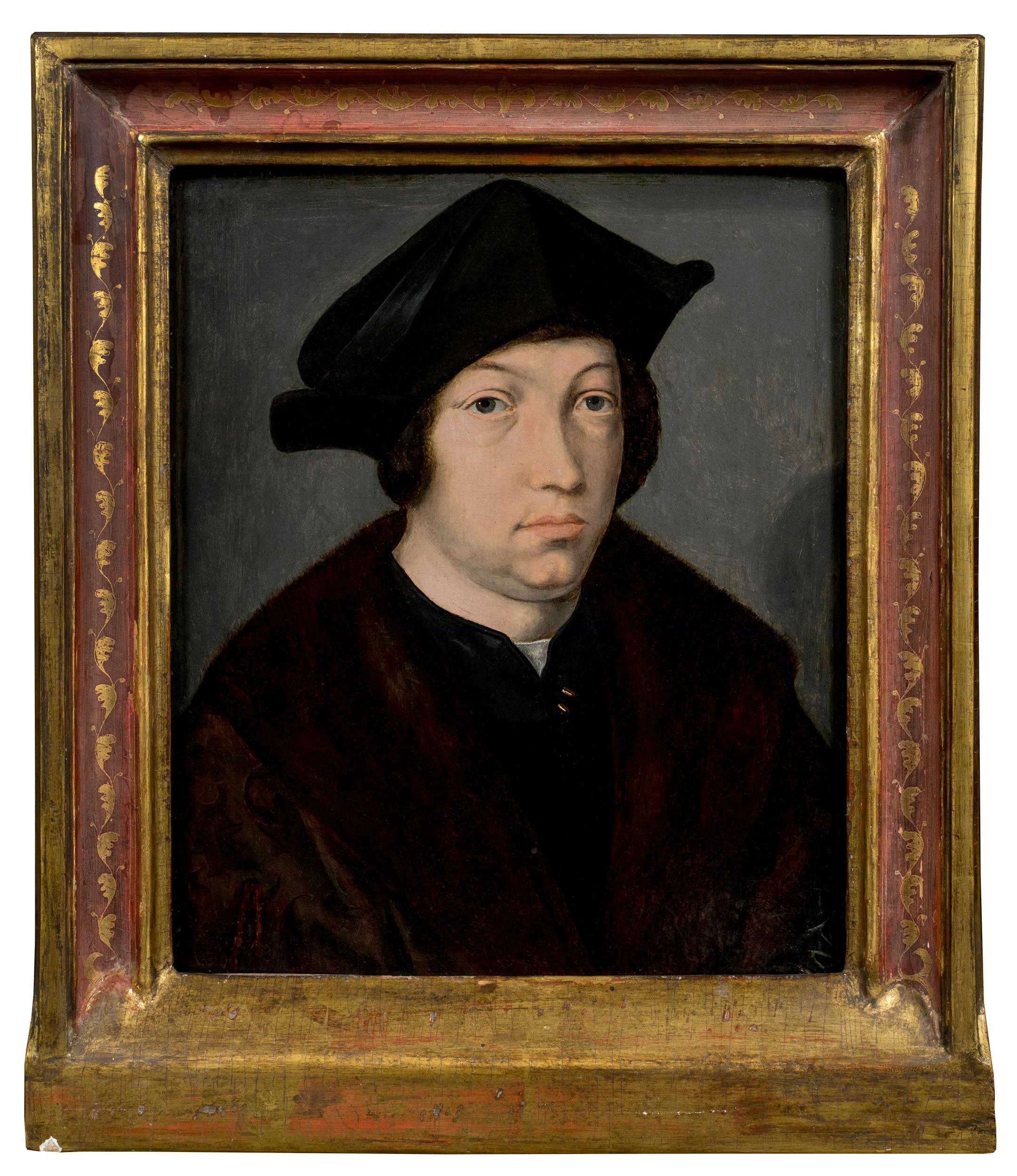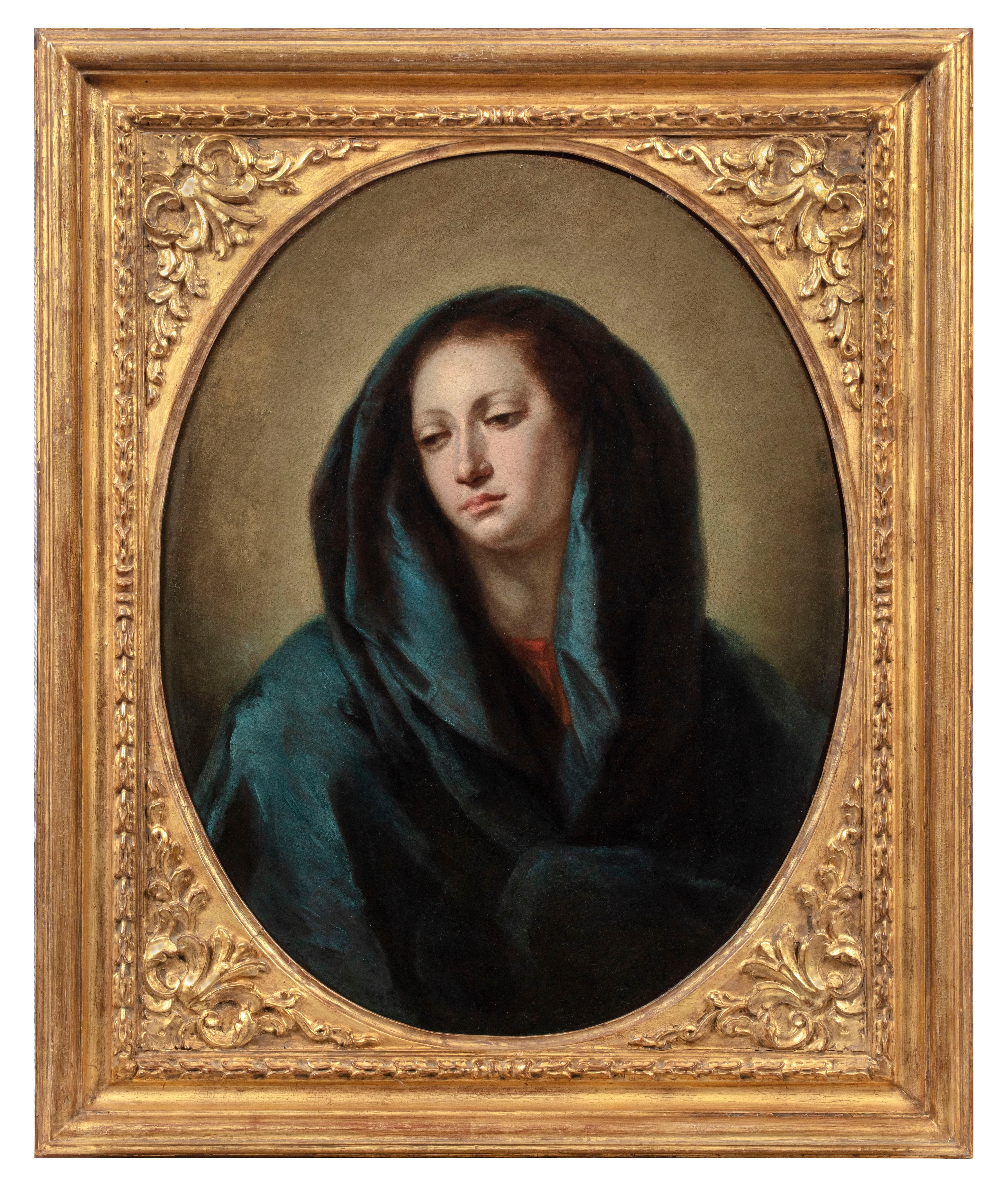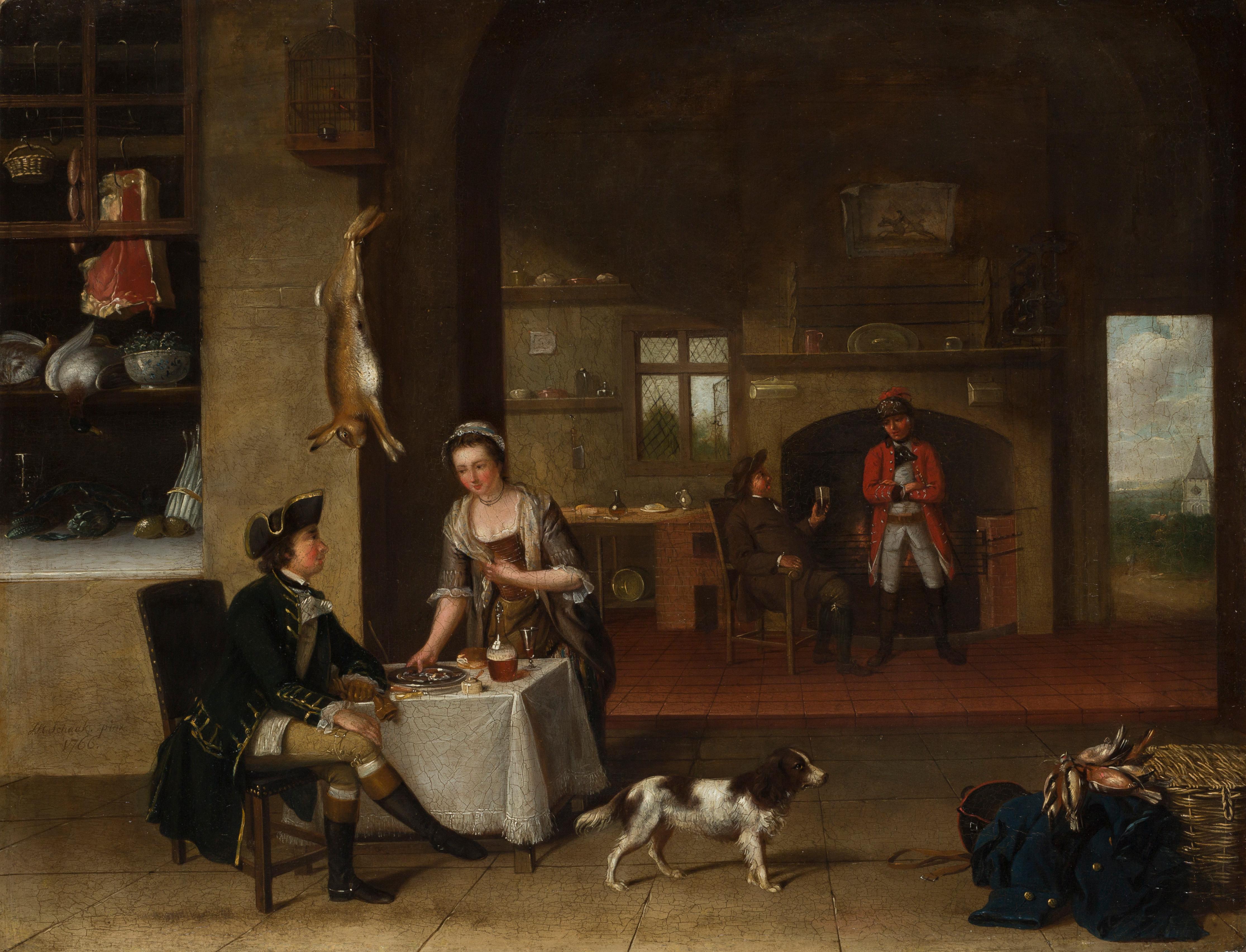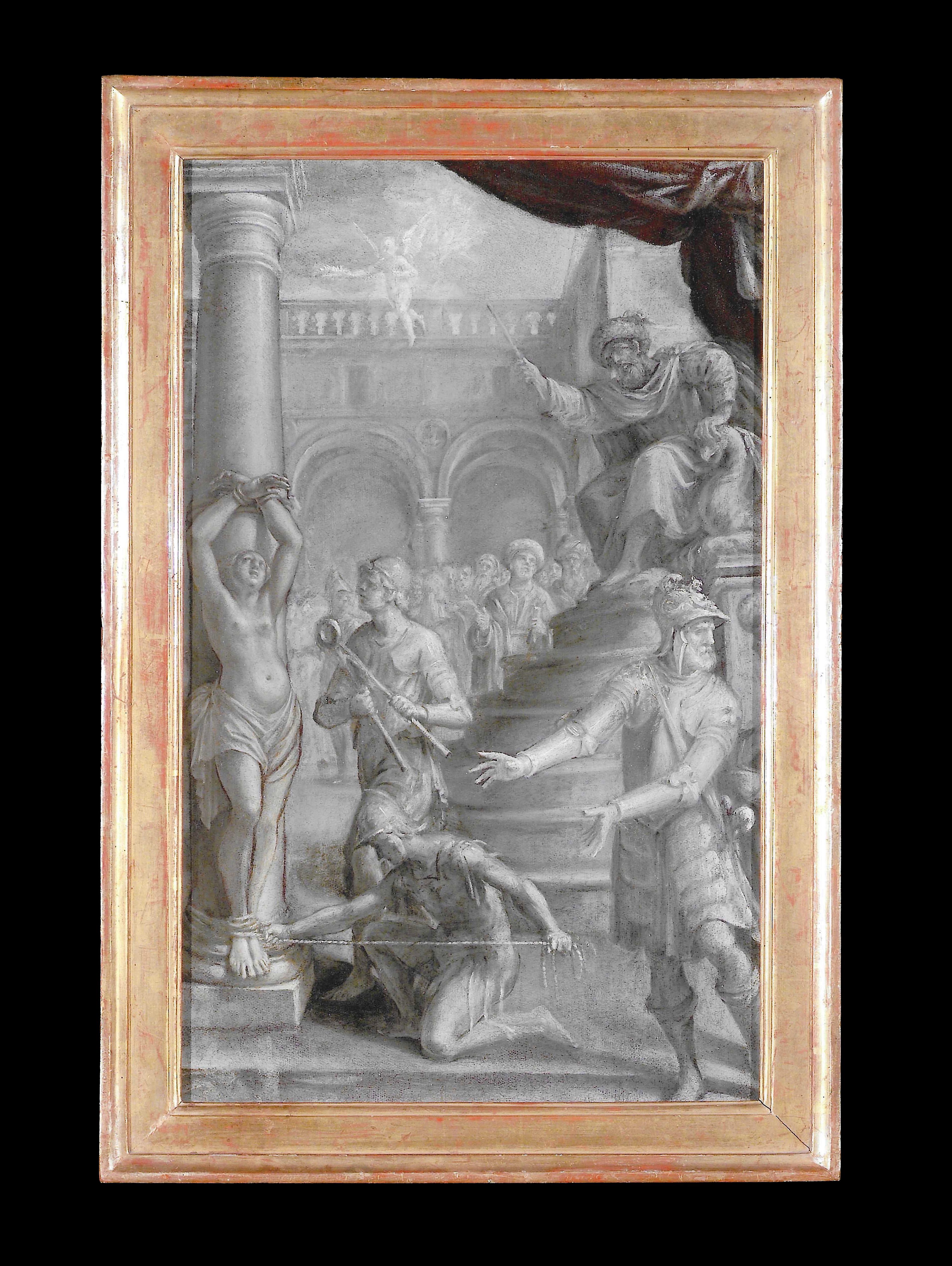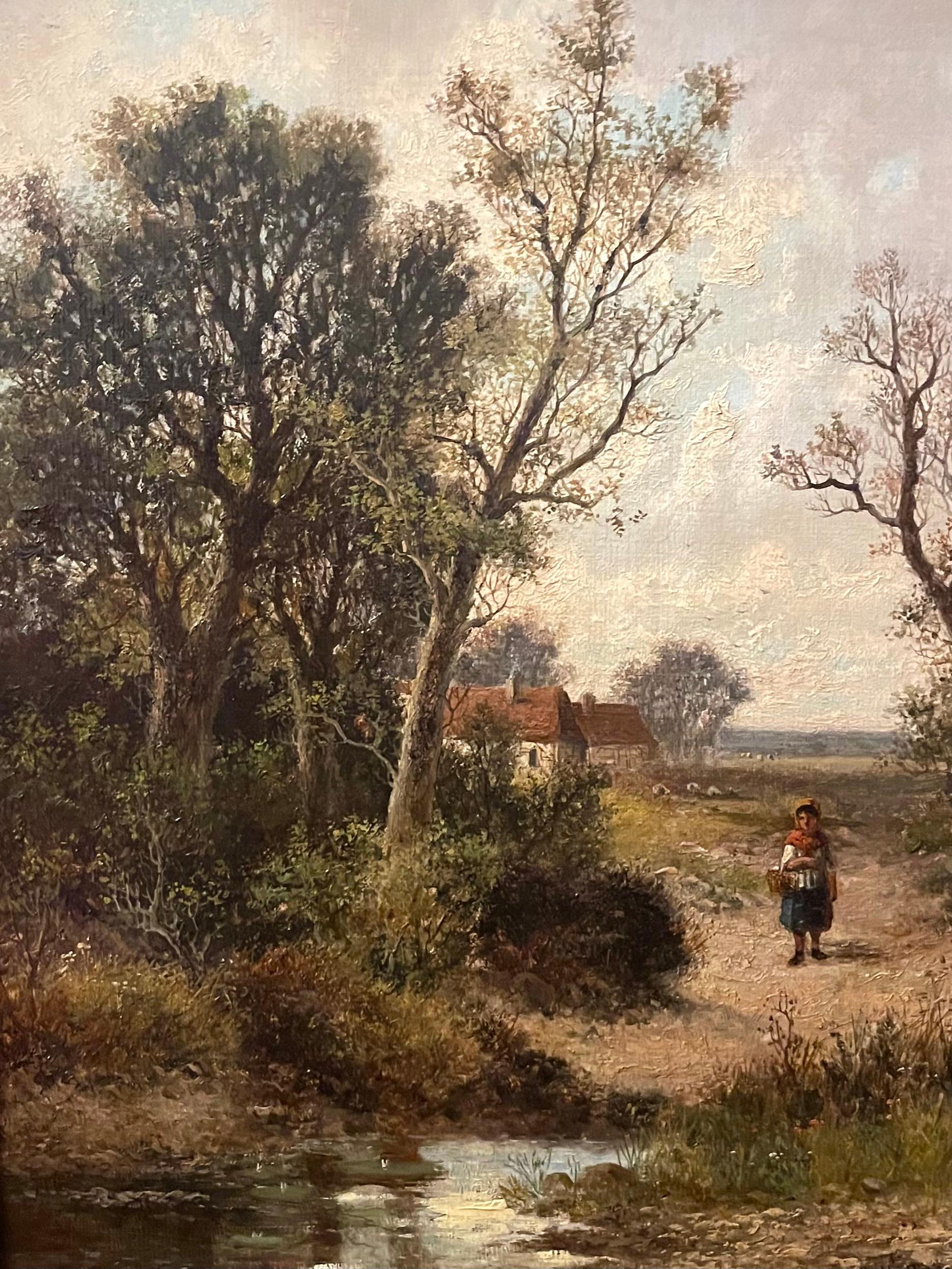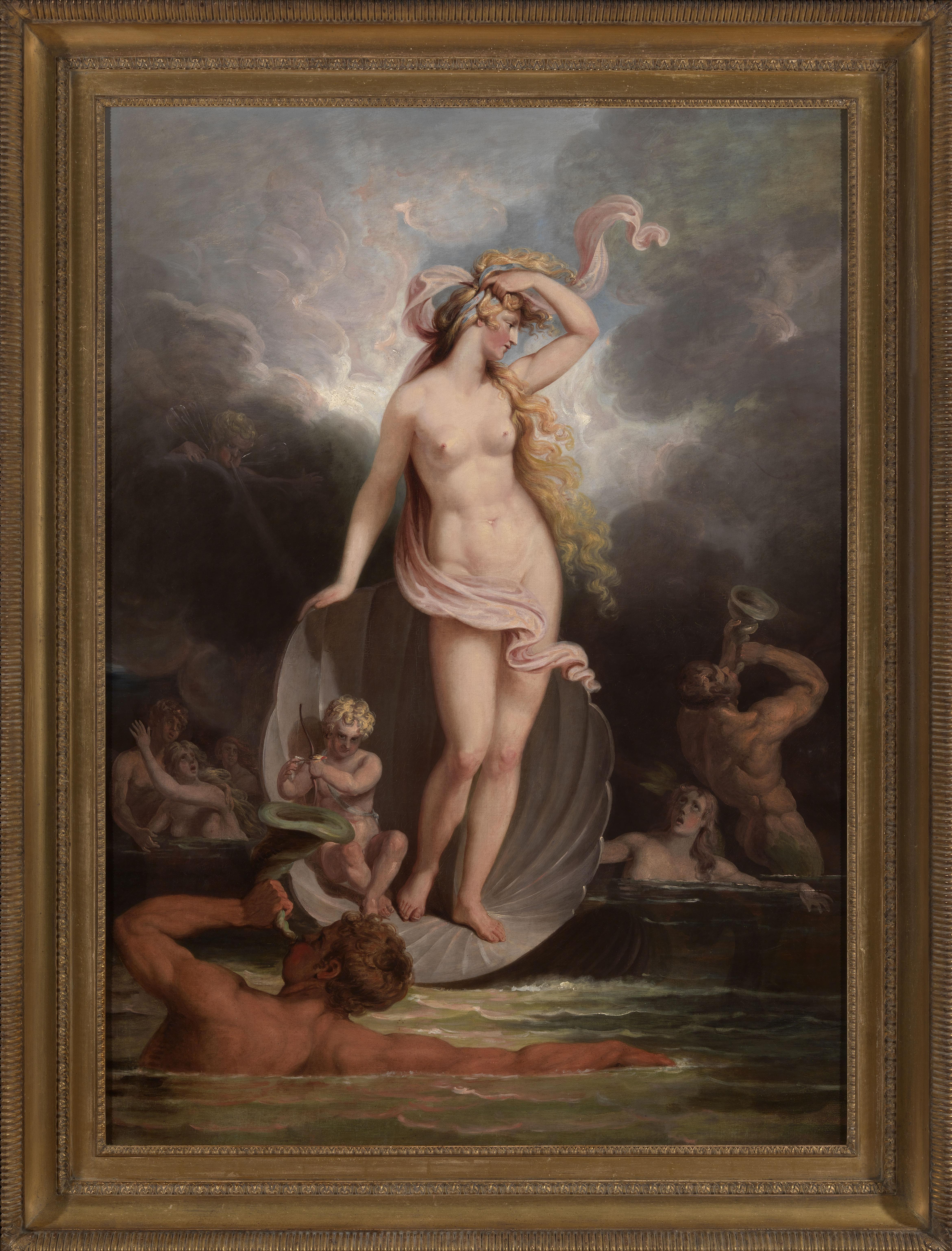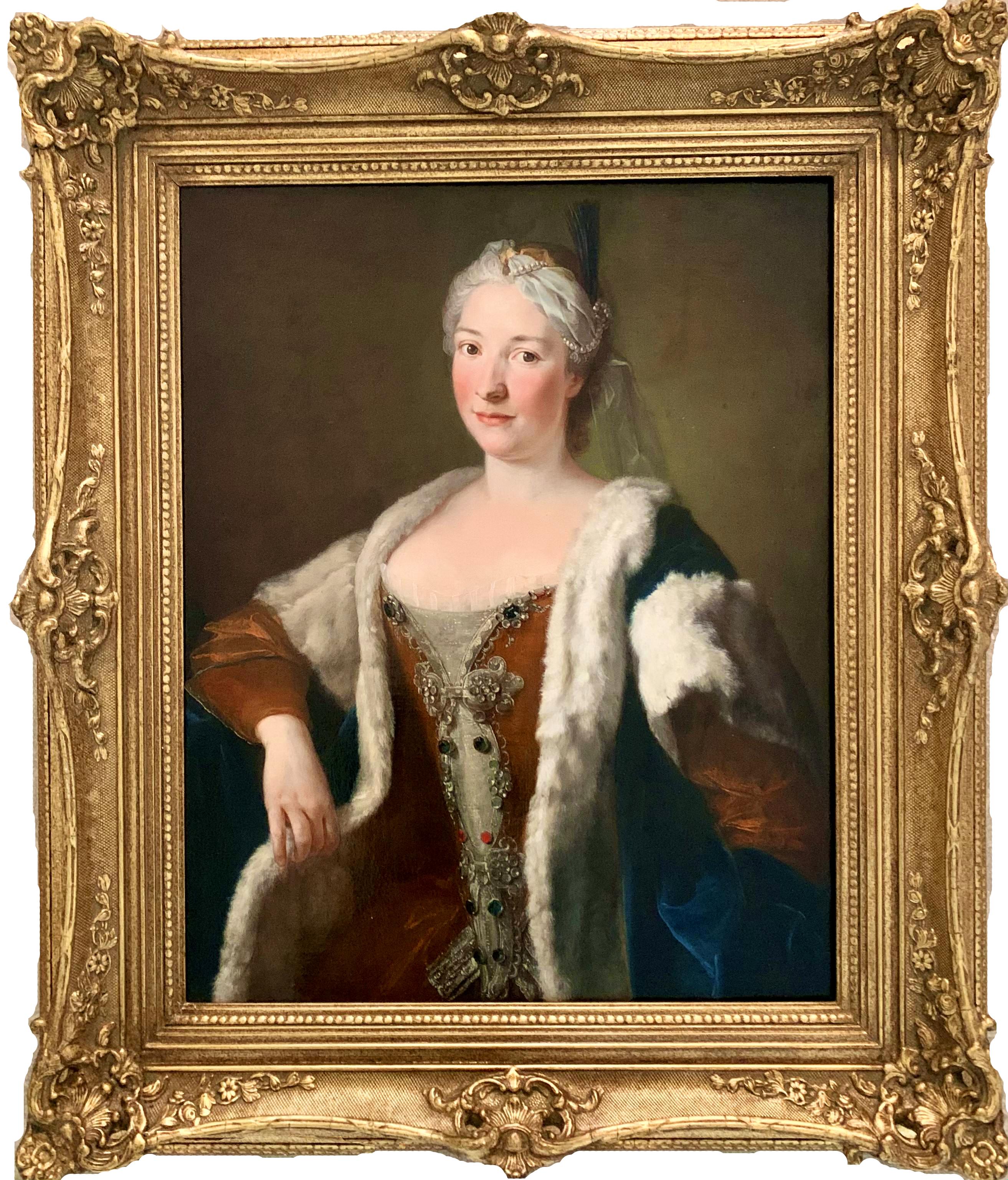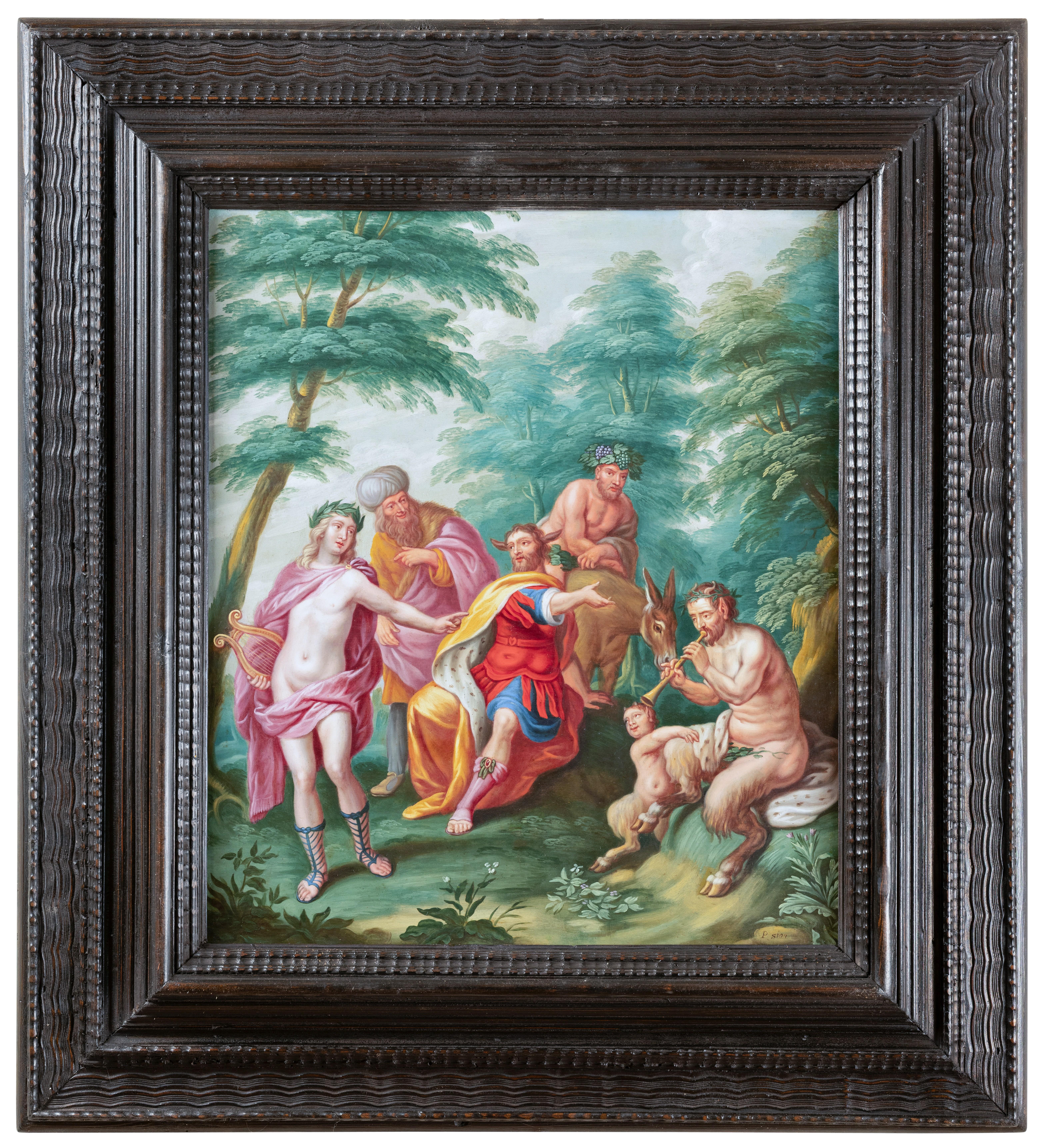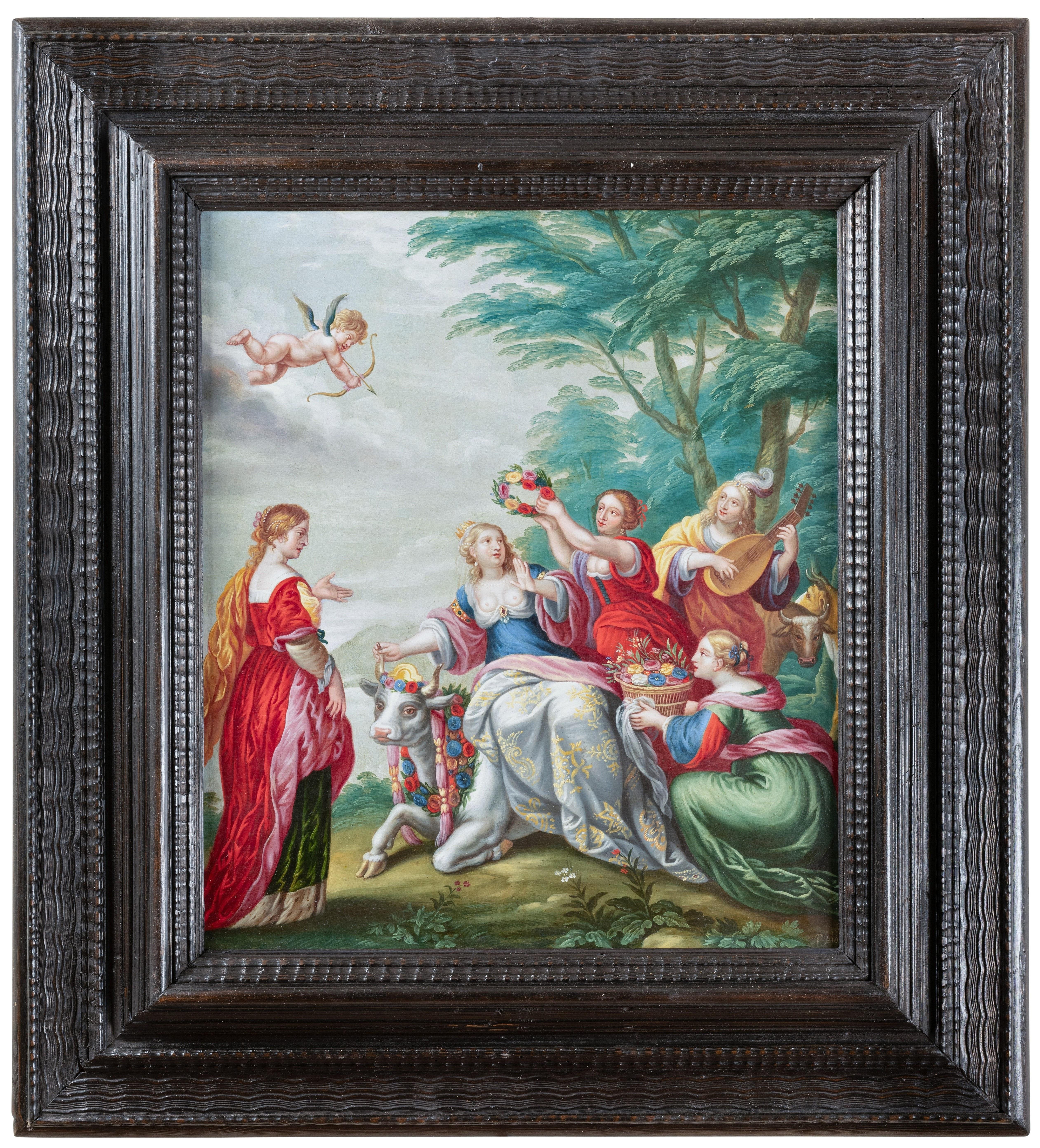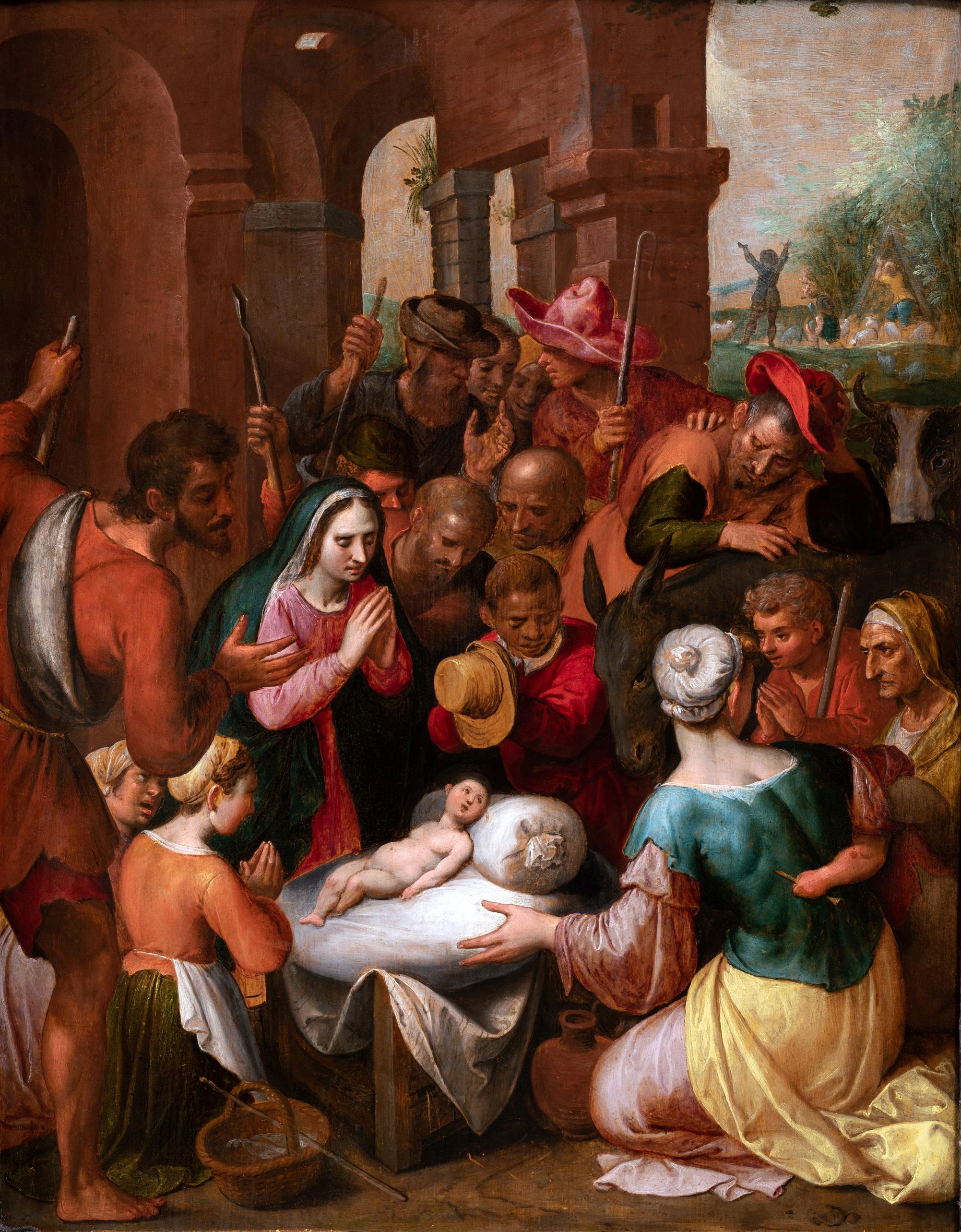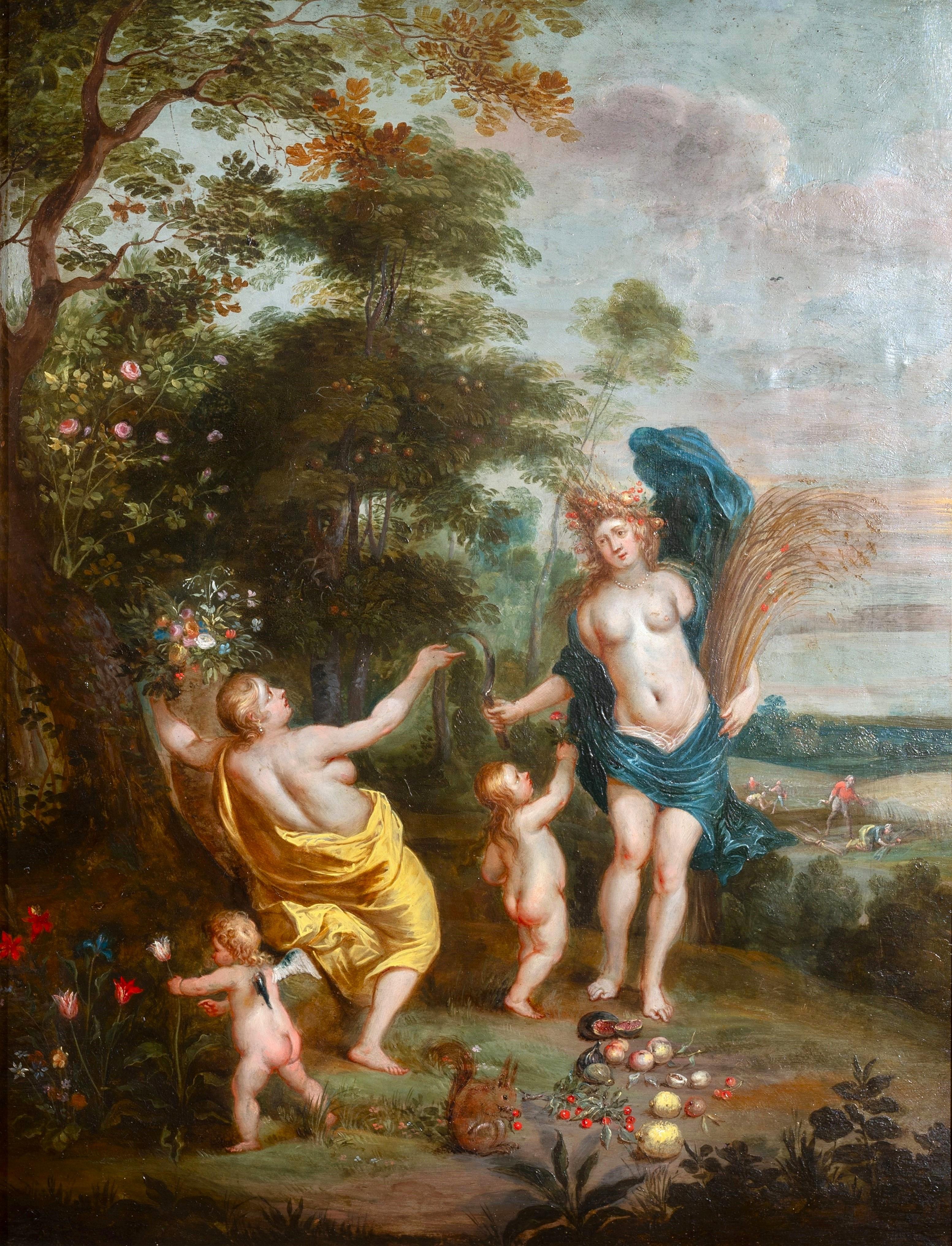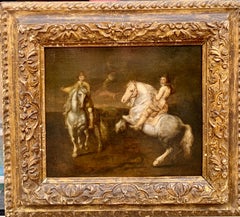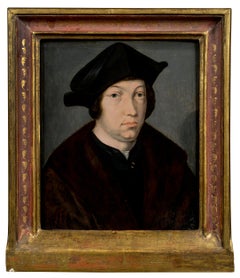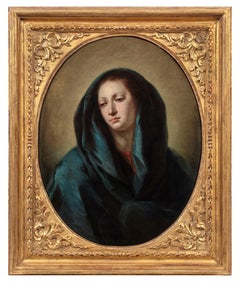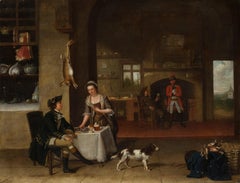Dispute On The Eucharist Rubens Paint Old master Oil on table 17th Century Italy
View Similar Items
Want more images or videos?
Request additional images or videos from the seller
1 of 20
Dispute On The Eucharist Rubens Paint Old master Oil on table 17th Century Italy1620-1670
1620-1670
Price:$3,800
$7,312.48List Price
About the Item
- Creation Year:1620-1670
- Dimensions:Height: 33.08 in (84 cm)Width: 25.99 in (66 cm)
- Medium:
- Movement & Style:
- Circle Of:Peter Paul Rubens (Siegen 1577 - Antwerp 1640) (1577 - 1640, Flemish)
- Period:
- Condition:
- Gallery Location:Riva del Garda, IT
- Reference Number:1stDibs: LU98818376632
About the Seller
4.9
Platinum Seller
Premium sellers with a 4.7+ rating and 24-hour response times
Established in 2017
1stDibs seller since 2018
256 sales on 1stDibs
Authenticity Guarantee
In the unlikely event there’s an issue with an item’s authenticity, contact us within 1 year for a full refund. DetailsMoney-Back Guarantee
If your item is not as described, is damaged in transit, or does not arrive, contact us within 7 days for a full refund. Details24-Hour Cancellation
You have a 24-hour grace period in which to reconsider your purchase, with no questions asked.Vetted Professional Sellers
Our world-class sellers must adhere to strict standards for service and quality, maintaining the integrity of our listings.Price-Match Guarantee
If you find that a seller listed the same item for a lower price elsewhere, we’ll match it.Trusted Global Delivery
Our best-in-class carrier network provides specialized shipping options worldwide, including custom delivery.More From This Seller
View AllBanquet Attrib to Van Den Hoecke Religious Oil on Table Old Master 17th Century
By Gaspar van den Hoecke (Antwerp, 1585 - 1648)
Located in Riva del Garda, IT
Gaspar van den Hoecke (Antwerp, 1585 - 1648)
Herod's banquet
Early 17th century
oil on panel, with gold highlights (in the guise of Salome and in the curtains of the building in the background)
56 x 80 cm.
framed 72 x 90 cm.
Note: The painting probably dates from an original by Frans II Francken (1581 - 1642), which is shown under the number 0000344789 in the RKD.
Valuable oil painting on panel depicting King Herod and the beautiful Jewish princess Salome according to the episode taken from the Gospel of Matthew (14.3-11), which sees her as the protagonist in the story of the martyrdom of John the Baptist. The event shown is a cross between history and legend, a myth faced for centuries by artists in every field: Caravaggio in painting, Oscar Wilde in theater, Richard Strauss...
Category
17th Century Old Masters Paintings
Materials
Oil
$15,408 Sale Price
20% Off
Saint Cecilia Angels De La Haye Paint 17th Century Oil on canvas Old master
Located in Riva del Garda, IT
Lucas de la Haye, called Luca Fiammingo (Nivelles, 1612-Rome, 1682)
Saint Cecilia and two cherubs
Oil on canvas
118 x 91 cm. -Framed 129 x 102 cm.
Expertise of Prof. Emilio Negro (Bologna)
This evocative painting, which we are delighted to exhibit to you, has Saint Cecilia, the Roman noblewoman who later converted to Christianity and a very popular figure in the Baroque period as the patron saint of music, instrumentalists and singers, at the centre of the composition. She is depicted here as a splendid maiden dressed in regal robes...
Category
17th Century Old Masters Paintings
Materials
Oil
$12,203 Sale Price
20% Off
Flower Still-life Van Everbroeck Paint 17th Century Oil on canvas Old master Art
Located in Riva del Garda, IT
Frans van Everbroeck (Antwerp, ca. 1628 - London or Antwerp 1676/1693)
attributed
A stone cartouche surrounded by garlands of flowers with tulips, roses, daffodils, peonies and daisi...
Category
17th Century Old Masters Paintings
Materials
Oil
$11,774 Sale Price
20% Off
Port Moonlight See Landscape Grevenbroeck Paint 17th Century Oil on canvas
Located in Riva del Garda, IT
Giovanni Grevenbroeck, called the Solfarolo (Netherlands, c. 1650 - Milan, post 1699)
Port View in Moonlight
Oil on canvas
70 x 132 cm
Framed 86 x 146 cm
Critical apparatus: Exper...
Category
17th Century Old Masters Paintings
Materials
Oil
$11,030 Sale Price
20% Off
Battle Horsemen Landscape Graziani Paint Oil on canvas 17th Century Old master
Located in Riva del Garda, IT
Francesco Graziani, known as Ciccio Napoletano
(active in Naples and Rome in the second half of the 17th century)
Battle with clash of horsemen
Oil on canvas
95 x 130 cm
In period ...
Category
17th Century Old Masters Paintings
Materials
Oil
$11,030 Sale Price
20% Off
Winter Landscape Foschi Paint 18th CEntury Paint Oil on canvas Old master Italy
Located in Riva del Garda, IT
Francesco Foschi (Ancona, 1710 - Rome, 1780) Attributable
Winter landscape
Oil on canvas
76 x 63 cm. - In frame 87 x 75 cm.
The compositional and stylistic elements of this pleasan...
Category
18th Century Old Masters Paintings
Materials
Oil
$6,073 Sale Price
20% Off
You May Also Like
17th century follower of Rubens, two military men on horse back in a landscape
Located in Woodbury, CT
17th century English/Dutch School, from the Circle of Sir Peter Paul Rubens
A very interesting and well-painted 17th-century oil on canvas of two men seated on horseback in a landsc...
Category
1680s Old Masters Figurative Paintings
Materials
Canvas, Oil
$8,050 Sale Price
30% Off
Free Shipping
Portrait of a Man
Located in New York, NY
Provenance:
with Leo Blumenreich and Julius Böhler, Munich, 1924
Dr. Frederic Goldstein Oppenheimer (1881-1963), San Antonio, Texas; by whom given to:
Abraham M. Adler, New York, until 1985; thence by descent to the present owners
While old inscriptions on the verso of this panel propose its author to be Hans Holbein and the sitter Sir John More—a lawyer, judge, and the father of Sir Thomas More—this fine portrait has long been recognized to be by a Flemish hand. Max Friedländer gave the painting to Bernard van Orley (1487/1491 – 1541) in 1924, but did not include it in the volume dedicated to the artist in his Early Netherlandish Paintings...
Category
16th Century Old Masters Portrait Paintings
Materials
Oil, Panel
$52,500
Head of the Virgin
Located in New York, NY
Provenance: Private Collection, Paraguay.
This unpublished Head of the Virgin is a new addition to the rich corpus of paintings by Giovanni Battista Tiepolo. While the artist freque...
Category
18th Century Old Masters Figurative Paintings
Materials
Oil, Canvas
A Tavern Interior, 18th Century Old Master, Figurative Oil Painting by Schaak
Located in Greven, DE
A Tavern Interior - 18th Century Old Master, Figurative Oil Painting by Schaak
Little is known about the artist J.S.C. Schaak. He was active in England as a portraitist between 1760-1770. His name indicates his German or Dutch origin. Especially portraits of generals...
Category
18th Century Old Masters Figurative Paintings
Materials
Copper
$13,347 Sale Price
20% Off
17th Century by Cesare Pronti Martyrdom of Saint Agatha Oil on canvas
Located in Milano, Lombardia
Cesare Pronti (Cattolica, Italy, 1626 - Ravenna, Italy, 1708)
Title: Martyrdom of Saint Agatha
Medium: Oil on canvas
Dimensions: Without frame 57.7 x 37 cm – with frame 64 x 42.7 x 3...
Category
17th Century Old Masters Figurative Paintings
Materials
Canvas, Oil
Landscape Near Felday, Surrey
By Abraham Hulk the Younger
Located in Hillsborough, NC
Dutch/English artist Abraham Hulk the Younger (1851-1922) is most known for landscapes of the British countryside. This work is one of a pair (the second work is also available by s...
Category
Late 19th Century Old Masters Landscape Paintings
Materials
Canvas, Oil
$2,240 Sale Price
20% Off
Recently Viewed
View AllMore Ways To Browse
60x84 Painting
17th Century Paintings Peter Paul Rubens
Antique Monstrance
Church Monstrance
Jacob Jordaens
French Plein Air Painting
Impressionist Boat Oil
Hotel De Paris
Vermont Painting
German Oil Paintings 20th Century
Still Life With Birds
American Cityscape
Contemporary Botanical Painting
Landscape Painting Greece
Bill Brown
Texas Contemporary Landscape Art
Art Prague
C Martin
